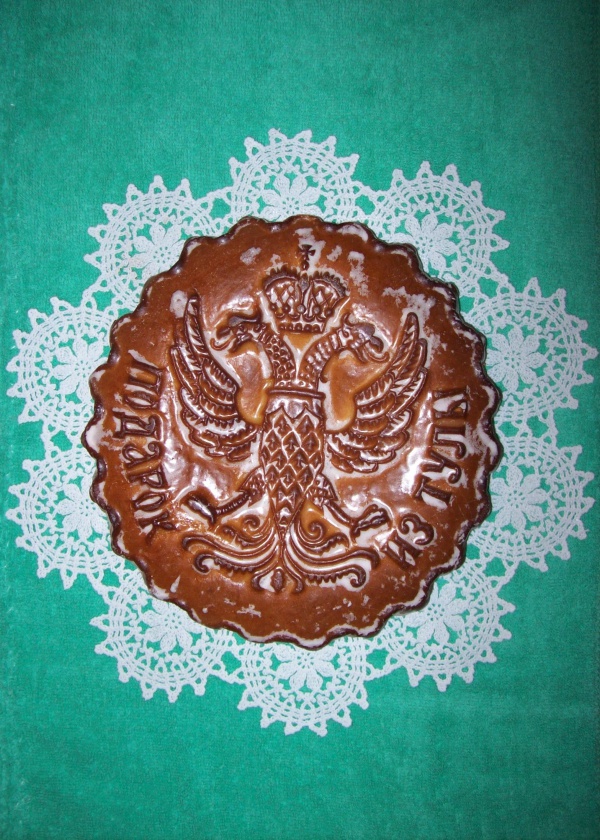Facts About Tula gingerbread
Tula pryanik is a renowned type of Russian gingerbread originating from the city of Tula. Known for their rectangular or flat shapes, these pryaniks are celebrated for their intricate imprints, which can feature various patterns, symbols, images of the Tula Kremlin, names, and even congratulatory messages. The craft of creating these stamped pryaniks is considered an art form, with each design traditionally made using a carved board.
To make Tula pryanik, the dough is prepared from a mix of rye flour, honey, eggs, water, and spices. Once the dough is ready, it is cut into pieces, rolled out, and placed on a specially carved board to achieve its distinctive shape. The dough layers are then filled, pressed together, and glazed with sugar syrup. This glazing enhances the visibility of the stamped image after baking.
Modern Tula pryaniki often feature delectable fillings like jam or condensed milk. While honey is the traditional sweetener used in the dough, it is sometimes substituted with sugar. The tradition of making these gingerbreads in Tula dates back to the 17th century, with the first recorded mention of Tula pryanik found in the Tula census book of 1685. Today, Tula pryaniki are produced in confectionery factories in Staraya Tula and Yasnaya Polyana, as well as by several smaller companies.
In 1996, Tula opened a museum dedicated to its pryaniki, showcasing the rich history and artistry behind these iconic Russian treats.

 Norway
Norway